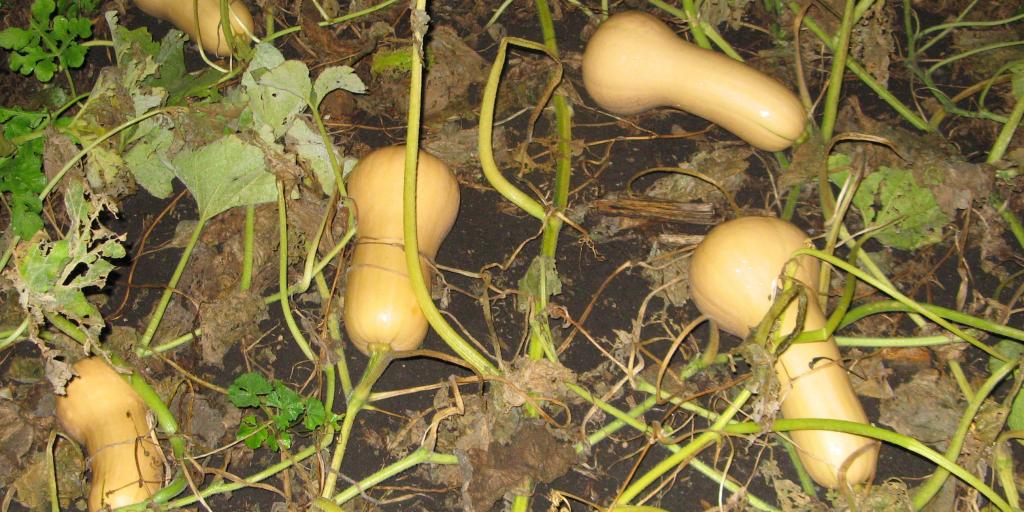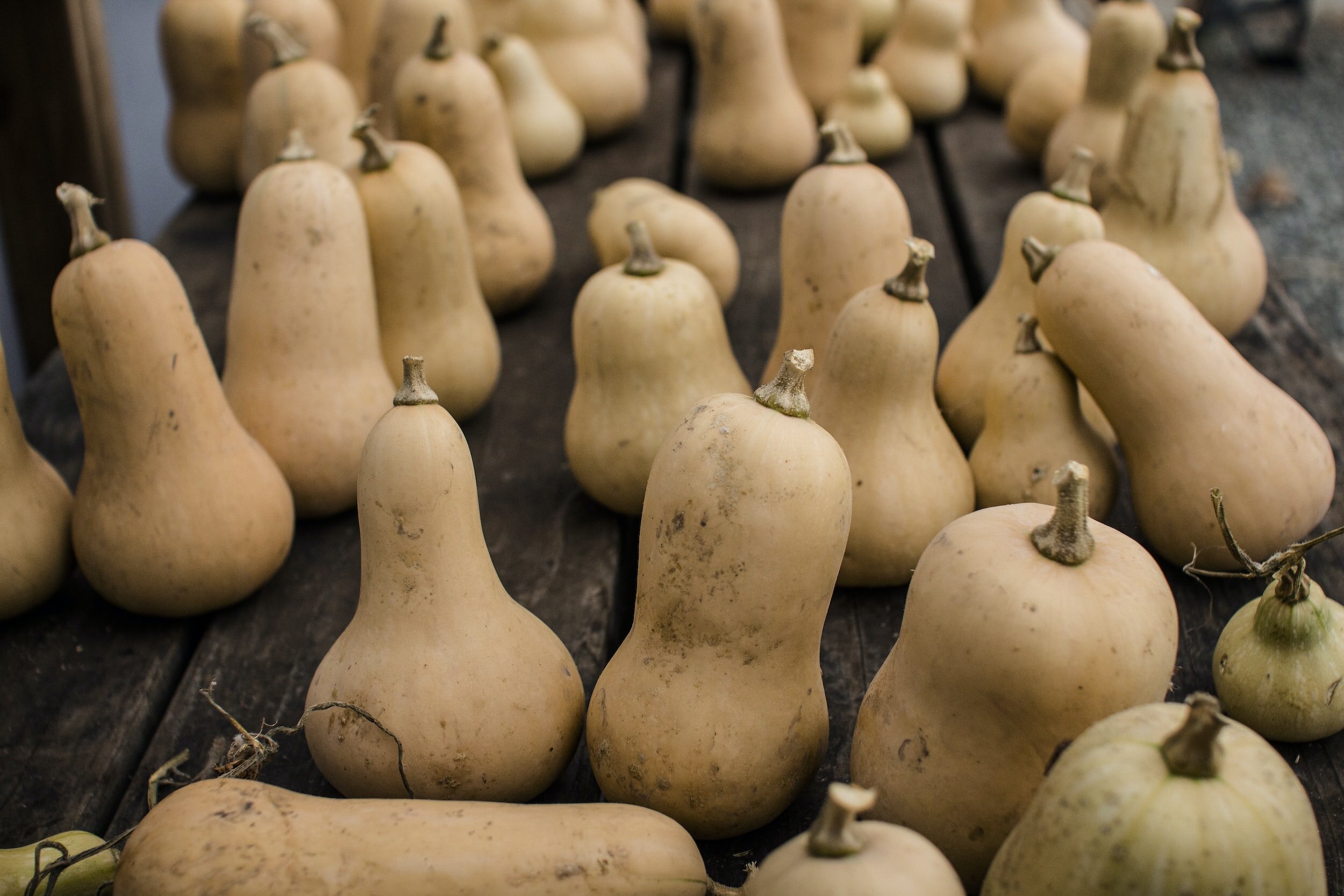You love growing your own vegetables, and this year you decided to try your hand at butternut squash. As the frosty conditions start to set in, you begin to wonder when the best time is to harvest your squash. The key to delicious, ripe butternut squash lies in understanding the signs that indicate it is ready to be picked. In this article, we will explore how to determine the perfect time to harvest your butternut squash in frosty conditions, ensuring you get the most flavorful and satisfying harvest possible.
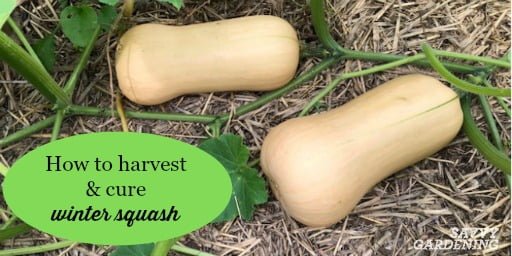
Factors to Consider in Determining the Best Time to Harvest Butternut Squash
Harvesting butternut squash at the right time is crucial to ensure the best flavor, texture, and overall quality of the fruit. To determine the best time for harvesting, there are several factors that you should consider. These factors include the maturation stage of the squash, its frost tolerance, average frost dates in your region, observation of the plant and fruit, the specific variety of butternut squash, the time since planting, weather forecasts, potential storage duration, preference for ripeness, and harvesting for seed saving.
Maturation Stage
One of the primary factors to consider in determining the best time to harvest butternut squash is its maturation stage. There are several indicators you can look for to assess the squash’s maturation:
Size and Weight
A fully mature butternut squash is typically around 8-12 inches long and weighs between 2-3 pounds. If you find that the squash has reached this size and weight, it is a good indication that it is ready for harvesting.
Color
Another indicator of the squash’s maturation is its color. When the squash is fully mature, its skin should be a deep tan or beige color. Immature squash will have a lighter or greenish hue, while overripe squash may have a darker, orange color.
Stem Dryness
The dryness of the stem can also provide valuable information about the squash’s readiness for harvest. Once the squash is mature, the stem will become hard and dry, indicating that it is ready to be picked. However, if the stem is still green and moist, it is a sign that the squash is not yet fully mature.
Hardness of the Skin
The hardness of the skin is another aspect to consider when determining the maturation stage of butternut squash. Mature squash will have a tough, hard skin that cannot be easily punctured with a fingernail. If the skin is still soft or easily punctured, the squash is not fully mature.
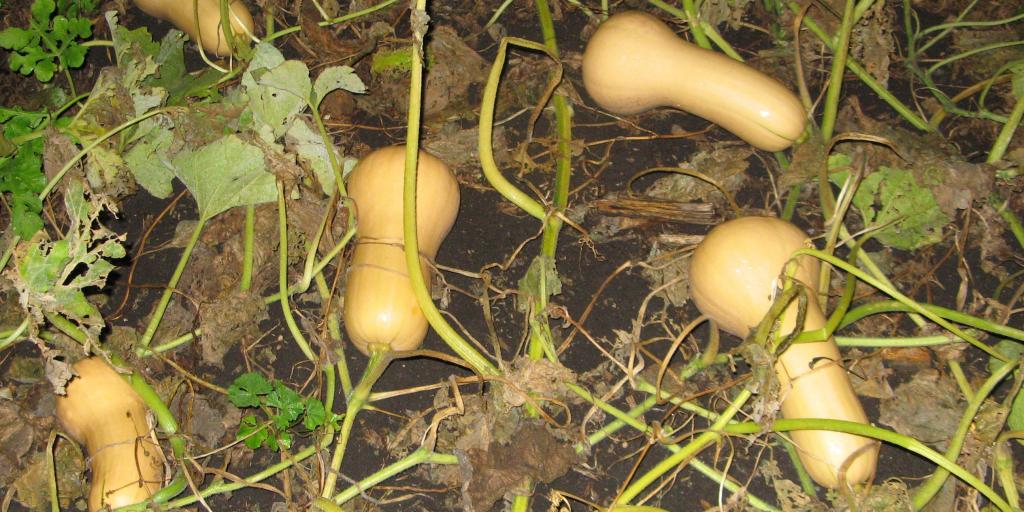
Frost Tolerance
Frost poses a significant threat to butternut squash as it can cause damage and reduce the quality of the fruit. Understanding the frost tolerance of butternut squash is crucial in determining the best time for harvesting, especially in frosty conditions.
Understanding Frost Damage
Frost damage occurs when the plant tissue is exposed to freezing temperatures, causing cell damage and potentially killing the plant. It is essential to protect butternut squash from frost damage.
Cold Temperature Effects
Cold temperatures can affect the quality and taste of butternut squash. Exposure to freezing temperatures can cause the squash to lose its sweetness and develop a watery texture. To ensure the best flavor, it is essential to harvest the squash before it is exposed to frost.
Squash Plant Adaptation
Butternut squash plants have some natural adaptation to cold temperatures, but they are still susceptible to frost damage. The plant’s leaves and vines can tolerate some light frost, while the fruit is more sensitive.
Frost Protection Measures
To protect butternut squash from frost damage, you can take certain measures. Covering the plants with blankets, straw, or plastic sheets can provide insulation and help retain heat. Additionally, using cold frames or row covers can protect the plants from frost.
Average Frost Dates
Knowing the average frost dates in your region is vital in determining the best time to harvest butternut squash. The average dates provide a general guideline for when you can expect the first frost to occur.
Researching Local Frost Dates
Researching local frost dates can be done through various sources. Local agricultural extension offices often provide information on average frost dates for different regions. They can be contacted for accurate and up-to-date information.
Consulting Agricultural Extension Offices
Agricultural extension offices have knowledgeable staff who can provide guidance on frost dates specific to your location. They can also offer advice and recommendations based on your specific circumstances.
Online Resources
Online resources such as weather websites and gardening forums can also provide information on average frost dates. However, it is essential to ensure that the information is specific to your region for accurate timing.
Observation of Plant and Fruit
Close observation of the butternut squash plant and its fruit is crucial in determining the best time for harvesting. Several visual cues can help assess the readiness of the squash for harvest.
Plant Health and Vitality
A healthy and robust squash plant is more likely to produce mature and flavorful fruit. Before harvesting, examine the plant for any signs of disease, pest infestation, or nutrient deficiencies. Healthy leaves and vines indicate a well-nourished and thriving plant.
Fruit Color and Maturation
The color of the squash itself is a reliable indicator of its maturation. As mentioned earlier, fully mature butternut squash will have a deep tan or beige color. Check for uniform coloration on the entire surface of the fruit as uneven coloring can indicate uneven ripeness.
Stem Color and Dryness
Observing the color and dryness of the stem can provide further insights into the squash’s readiness for harvest. A dried, brown stem is a positive sign that the squash is mature. If the stem is still green or moist, it is an indication that the squash is not yet ready for harvest.
Skin Hardness
Gently press your finger against the skin of the squash. If the skin is hard and doesn’t yield to pressure, it is an indication of maturity. On the other hand, if the skin feels soft or dents easily, the squash needs more time to mature.
Rind Toughness
The toughness of the squash’s rind is another characteristic to consider when determining the harvest time. A fully mature butternut squash will have a tough rind that is difficult to penetrate. If you find the rind to be soft or easily breakable, it suggests that the squash is not yet ripe.
Butternut Squash Variety
Different varieties of butternut squash have varying maturity periods and recommended harvest times. Understanding the specific characteristics of the variety you are growing will help determine the best time for harvest.
Variation in Maturity
Butternut squash varieties have different maturity periods, ranging from approximately 75 to 110 days. Some varieties mature earlier, while others take longer to reach full maturity. Knowing the maturity period of the specific variety you are growing will give you a general timeframe for harvesting.
Recommended Harvest Time
Each butternut squash variety has a recommended harvest time indicated by seed packets or gardening references. These references provide guidance on when the squash is likely to reach its peak flavor and quality. Following the recommended harvest time ensures the best taste and texture of the squash.
Time Since Planting
The time elapsed since planting is an essential factor in determining the best time to harvest butternut squash. It provides an estimate of the maturity stage and allows you to plan for harvesting accordingly.
Days to Maturity
The average days to maturity for butternut squash varieties can range from 75 to 110 days. Calculate the number of days that have passed since planting to estimate the maturity stage of the squash. This can help you determine if the fruit is ready for harvest or needs more time to mature.
Expected Harvest Window
Considering the estimated days to maturity, you can determine a general expected harvest window. This window guides you in monitoring the squash’s development and ensures you don’t miss the optimal harvest time.
Checking Planting Time
If you have kept track of when you planted the butternut squash, you can easily calculate how much time has passed. By comparing this time with the expected days to maturity, you can make an informed decision about when to harvest the squash.
Weather Forecasts
Monitoring weather forecasts is essential to avoid harvesting the butternut squash during unfavorable conditions. Checking the forecast allows you to make adjustments to your harvesting plans based on potential frost events or adverse weather conditions.
Monitoring Temperature Trends
Keep a close watch on the temperature trends in your area during the days leading up to your planned harvest. Extreme drops in temperature can indicate the onset of frost, which can damage the squash. Adjust your harvesting schedule accordingly to ensure the squash is harvested before freezing temperatures arrive.
Identification of Frost Events
Weather forecasts often include frost advisories or freeze warnings. These alerts can help you identify potential frost events and plan accordingly. If a frost event is expected, consider harvesting the squash a bit earlier to minimize the risk of damage.
Weather Apps and Websites
Weather apps and websites provide easy access to up-to-date forecasts for your specific location. Utilize these resources to stay informed about any significant weather changes that may affect your decision on when to harvest.
Local Meteorological Sources
Local meteorological sources, such as TV and radio stations, can provide accurate and reliable weather information for your area. Tune in for forecasts and updates, especially during critical times when frost or adverse weather conditions are predicted.
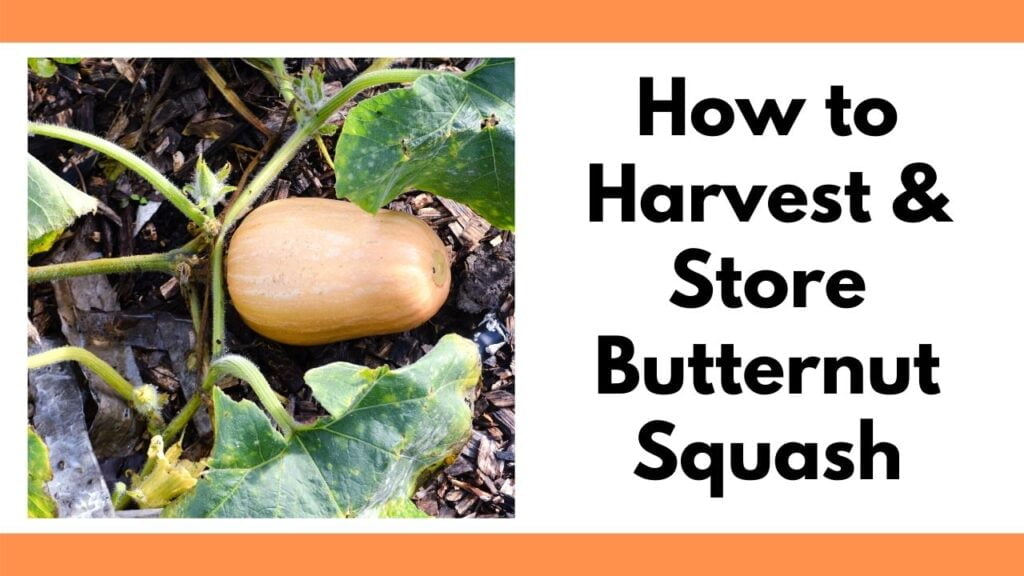
Potential Storage Duration
Determining the intended use and the desired duration of storage for your harvested butternut squash is essential in deciding the best time to harvest. The intended use can vary from immediate consumption to long-term storage.
Determining the Intended Use
Consider whether you plan to use the butternut squash immediately after harvest or store it for an extended period. Squash intended for immediate use can be harvested when fully mature. However, if you intend to store the squash, consider harvesting it slightly earlier to allow for further ripening during storage.
Storage Recommendations
Different storage recommendations exist for butternut squash depending on the intended duration of storage. Short-term storage of a few weeks typically requires slightly under-ripened squash. Long-term storage, on the other hand, usually calls for fully mature squash that has undergone a curing process.
Effects of Harvest Timing
Harvesting butternut squash at different stages of maturity can impact its storage potential. Overripe squash may not store well and can spoil more quickly, while under-ripe squash may not reach its full flavor potential during storage. Consider the desired storage duration and choose the harvest time accordingly.
Preference for Ripeness
Your personal preference plays a significant role in determining the best time to harvest butternut squash. Some individuals prefer their squash to be fully mature and sweeter, while others may enjoy it when it is slightly under-ripe and firmer.
Consider your taste preferences and determine whether you prefer a sweeter and softer squash or a more firm, less sweet one. This will help guide you in choosing the ideal harvest time that aligns with your desired flavor and texture.
Harvesting for Seed Saving
If you are interested in saving seeds from your butternut squash for future planting, the timing of the harvest becomes crucial. Harvesting for seed saving requires allowing the squash to reach an advanced stage of ripeness.
Collecting Mature Seeds
To collect mature seeds, you need to allow the squash to overripen. For seed saving purposes, leave the squash on the vine until it is fully mature and begins to show signs of deterioration. The skin may become darker and start to soften.
Allowing Squash to Overripen
Overripening is necessary when harvesting for seed saving because it ensures that the seeds are fully developed and viable. This process allows the seeds to mature and reach their maximum potential for successful germination in the future.
Harvesting Process
To harvest butternut squash for seed saving, cut the mature squash from the vine, leaving a few inches of stem attached. Open the squash and remove the seeds, setting them aside to be cleaned and dried before storage.
By carefully considering the factors mentioned above, you can determine the best time to harvest your butternut squash. Remember to evaluate the maturation stage, frost tolerance, average frost dates, plant and fruit observations, squash variety characteristics, time since planting, weather forecasts, intended storage duration, preferences for ripeness, and any considerations for harvesting for seed saving. Harvesting at the optimal time will result in delicious and satisfactory butternut squash for your enjoyment.
